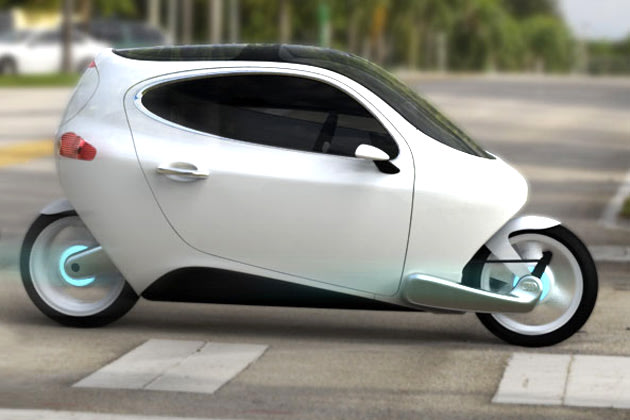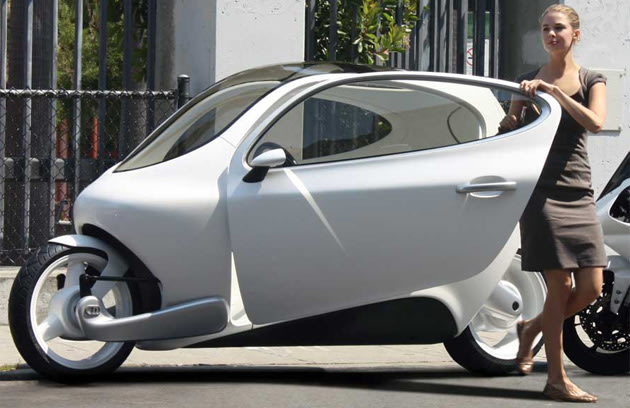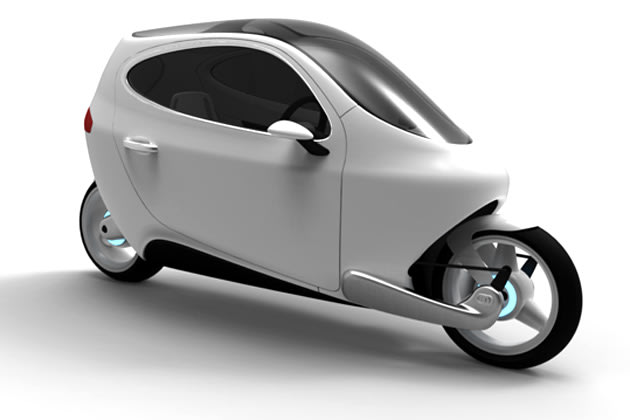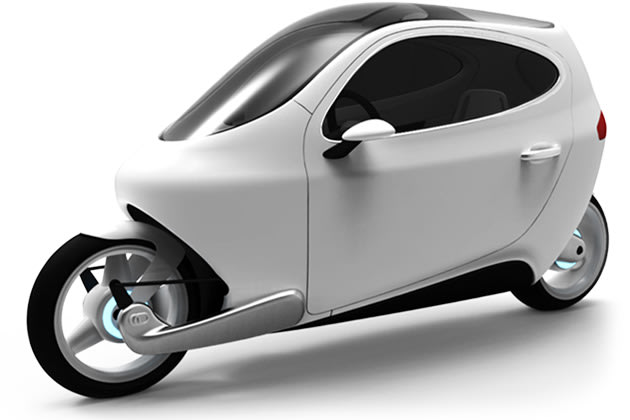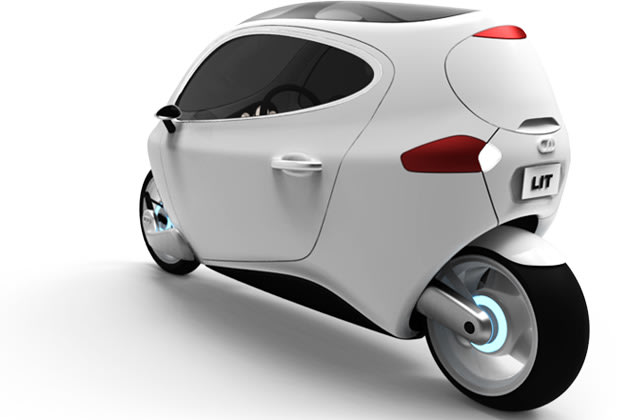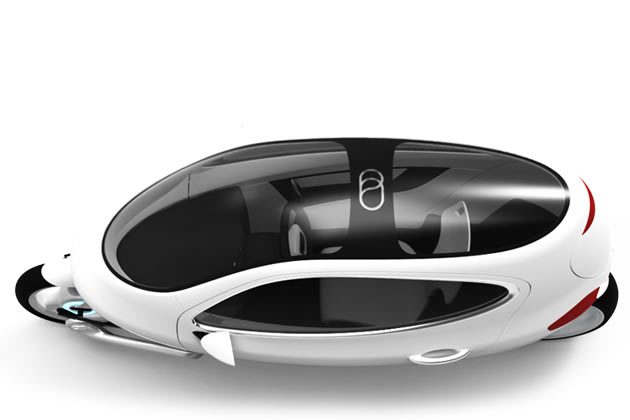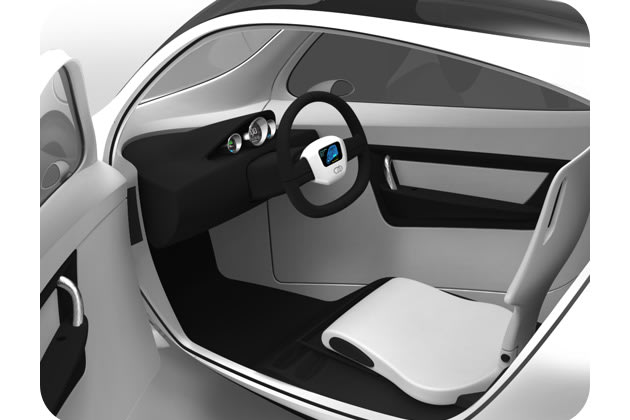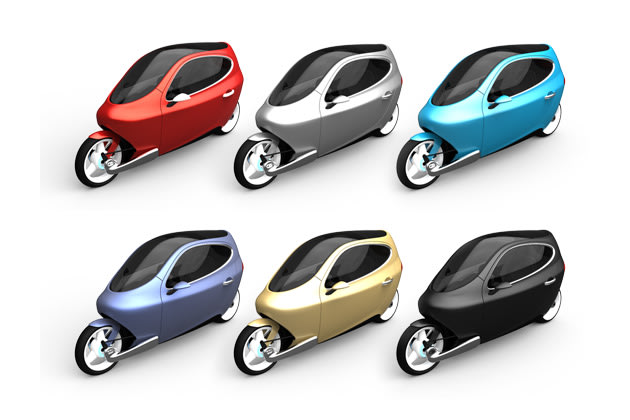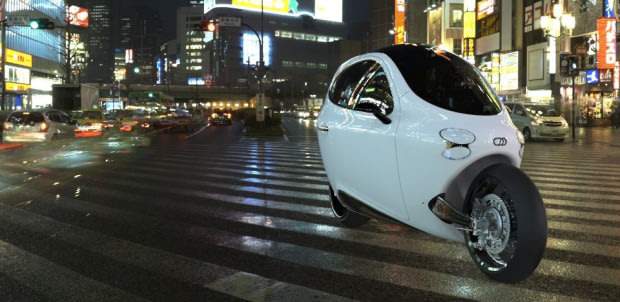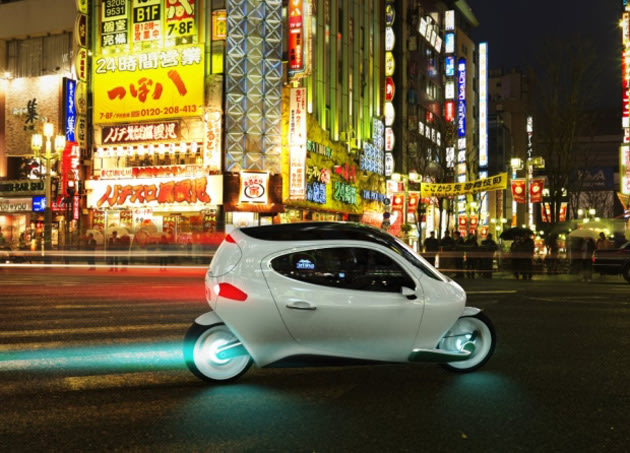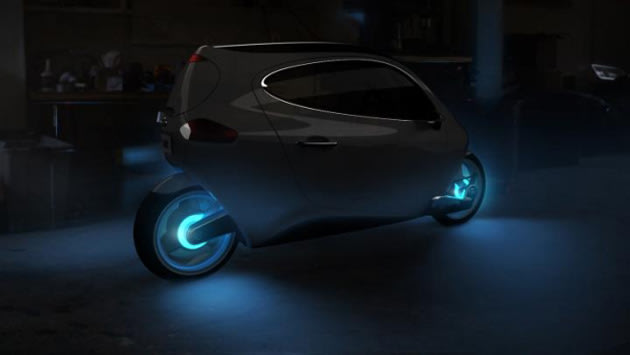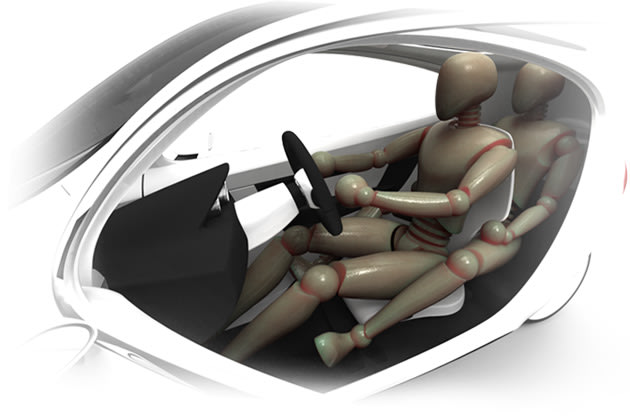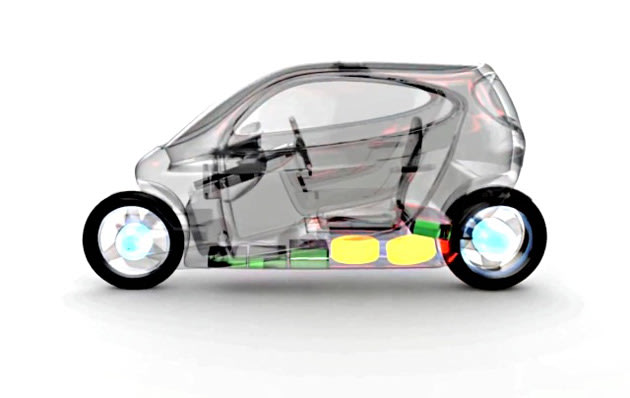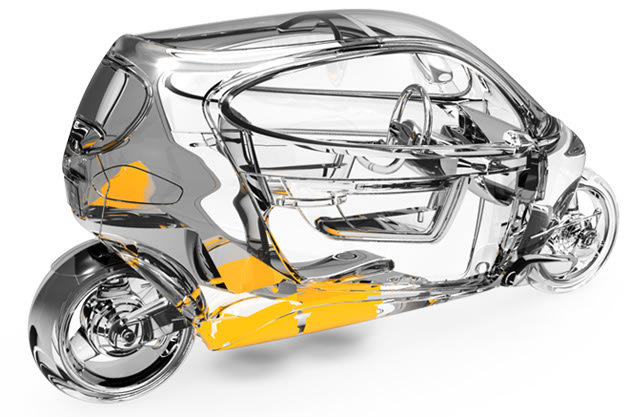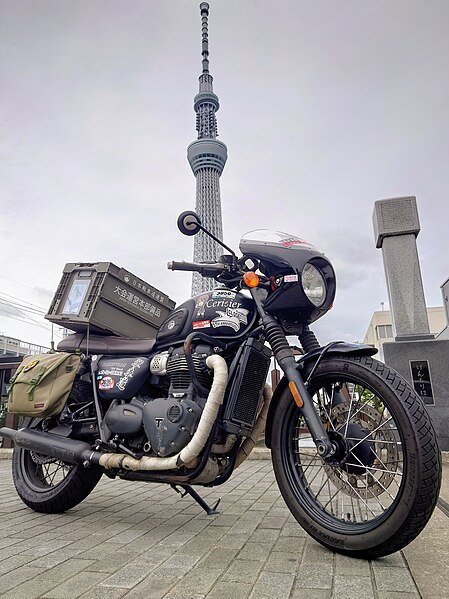Saturday, 27 October 2012
Wednesday, 24 October 2012
NOKIA
Nokia has around 122,000 employees across 120 countries, sales in more than 150 countries and annual revenues of around €38 billion As of 2012 it is the world's second-largest mobile phone maker by unit sales (after Samsung), with a global market share of 22.5% in the first quarter Nokia is a public limited-liability company listed on the Helsinki, Frankfurt, and New York stock exchanges It is the world's 143rd-largest company measured by 2011 revenues according to the Fortune Global 500.
Nokia was the world's largest vendor of mobile phones from 1998 to 2012. However, over the past five years it has suffered declining market share as a result of the growing use of smartphones from other vendors, principally the Apple iPhone and devices running on Google's Android operating system. As a result, its share price has fallen from a high of US$40 in 2007 to under US$3 in 2012. Since February 2011, Nokia has had a strategic partnership with Microsoft, as part of which all Nokia smartphones will incorporate Microsoft's Windows Phone operating system (replacing Symbian). Nokia unveiled its first Windows Phone handsets, the Lumia 710 and 800, in October 2011.
Pre-telecommunications era:
The predecessors of the modern Nokia were the Nokia Company (Nokia Aktiebolag), Finnish Rubber Works Ltd (Suomen Gummitehdas Oy) and Finnish Cable Works Ltd (Suomen Kaapelitehdas Oy).
Nokia's history started in 1865 when mining engineer Fredrik Idestam established a groundwood pulp mill on the banks of the Tammerkoski rapids in the town of Tampere, in southwestern Finland in the Russian Empire and started manufacturing paper. In 1868, Idestam built a second mill near the town of Nokia, fifteen kilometres (nine miles) west of Tampere by the Nokianvirta river, which had better resources for hydropower production. In 1871, Idestam, with the help of his close friend statesman Leo Mechelin, renamed and transformed his firm into a share company, thereby founding the Nokia Company, the name it is still known by today.
Toward the end of the 19th century, Mechelin's wishes to expand into the electricity business were at first thwarted by Idestam's opposition. However, Idestam's retirement from the management of the company in 1896 allowed Mechelin to become the company's chairman (from 1898 until 1914) and sell most shareholders on his plans, thus realizing his vision. In 1902, Nokia added electricity generation to its business activities.
The seeds of the current incarnation of Nokia were planted with the founding of the electronics section of the cable division in 1960 and the production of its first electronic device in 1962: a pulse analyzer designed for use in nuclear power plants. In the 1967 fusion, that section was separated into its own division, and began manufacturing telecommunications equipment. A key CEO and subsequent Chairman of the Board was vuorineuvos Björn "Nalle" Westerlund (1912–2009), who founded the electronics department and let it run at a loss for 15 years.
LOGOS:
First mobile phones
The technologies that preceded modern cellular mobile telephony systems were the various "0G" pre-cellular mobile radio telephony standards. Nokia had been producing commercial and some military mobile radio communications technology since the 1960s, although this part of the company was sold some time before the later company rationalization. Since 1964, Nokia had developed VHF radio simultaneously with Salora Oy. In 1966, Nokia and Salora started developing the ARP standard (which stands for Autoradiopuhelin, or car radio phone in English), a car-based mobile radio telephony system and the first commercially operated public mobile phone network in Finland. It went online in 1971 and offered 100% coverage in 1978.
In 1979, the merger of Nokia and Salora resulted in the establishment of Mobira Oy. Mobira began developing mobile phones for the NMT (Nordic Mobile Telephony) network standard, the first-generation, first fully automatic cellular phone system that went online in 1981 In 1982, Mobira introduced its first car phone, the Mobira Senator for NMT-450 networks
Nokia bought Salora Oy in 1984 and now owning 100% of the company, changed the company's telecommunications branch name to Nokia-Mobira Oy. The Mobira Talkman, launched in 1984, was one of the world's first transportable phones. In 1987, Nokia introduced one of the world's first handheld phones, theMobira Cityman 900 for NMT-900 networks (which, compared to NMT-450, offered a better signal, yet a shorter roam). While the Mobira Senator of 1982 had weighed 9.8 kg (22 lb) and the Talkman just under 5 kg (11 lb), the Mobira Cityman weighed only 800 g (28 oz) with the battery and had a price tag of 24,000Finnish marks (approximately €4,560). Despite the high price, the first phones were almost snatched from the sales assistants' hands. Initially, the mobile phone was a "yuppie" product and a status symbol
Nokia's mobile phones got a big publicity boost in 1987, when Soviet leader Mikhail Gorbachev was pictured using a Mobira Cityman to make a call from Helsinkito his communications minister in Moscow. This led to the phone's nickname of the "Gorba".
In 1988, Jorma Nieminen, resigning from the post of CEO of the mobile phone unit, along with two other employees from the unit, started a notable mobile phone company of their own, Benefon Oy (since renamed to GeoSentric)] One year later, Nokia-Mobira Oy became Nokia Mobile Phones.
AMAZING FACTS
The Industrial Revolution in Europe first saw the beginning of air pollution, which gradually became a major global problem.
The major air-polluting industries are iron, steel and, cement.
Of the 35-40 million tonnes of flyash generated annually by thermal power plants in India, only 2-3 percent is productively utilized.
The worst industrial disaster in India, occurred in 1984 in Bhopal the capital of Madhya Pradesh. A deadly chemical, methly isocyanate leaked out of the Union Carbide factory killing more than 2500 and leaving thousands sick. In fact the effects of this gas tragedy is being felt even today.
Every year some 50million cars are added to the world’s roads. Car making is now the largest manufacturing industry in the world.
In India the number of motorized vehicles have increased from 0.2 million in 1947 to 36.3 million in 1997.
Major contributor to Delhi's air pollution are vehicles.
Nearly three-fourths of India's population, which is rural, bears 84% of the burden of exposure to air pollution.
Growing population, poverty, and inadequate access to clean fuels in rural areas have perpetuated the use of biomass, thereby condemning more than 90% of rural households and more than 35% of urban hoseholds to high levels of indoor air pollution.
One of the most important measure to counter pollution is planting trees. With neem and peepal being the largest emitters of oxygen, planting them in the gardens purifies the surrounding air and helps in maintaining hygienic conditions. While champa, mogra and chameli have better chances of surviving pollution in summer, bulbous varieties do better in winter.
 |
The first kind of PENCIL was a bunch of GRAPHITE sticks held together by string. Then someone decided it would be better to push the graphite into the inside of a hollow wooden stick.
JOSEPH RECHENDORFER was the first person to think of putting a piece of rubber onto the top of a pencil which makes it real easy to rub out mistakes.
Did you know that the average lead pencil can draw a line that is almost 35 miles long or you can write almost 50,000 words in English with just one pencil? Amazing fact! Now imagine an eraser that could match it !!!
|
 | This is what an old airplane looked like. The Wright Brothers invented one of the first airplanes. It was called the Kitty Hawk |
 | Did you know the first bicycle that was made in 1817 by Baron von Drais didn't have any pedals? People walked it along |
 | The first metal bicycle was called the High-Wheel or Penny Farthing. People had a hard time keeping their balance on this type of bicycle |
 |
Did you know the first toy balloon, made of vulcanized rubber, was thought of by someone in the J.G.Ingram company in London, England in 1847.
|
 | 9pin bowling was made up in Germany during the Medieval ages |
Karl Benz invented the first gas powered car. The car had only three wheels. The first car with four wheels was made in France in 1901 by Panhard et LeVassor.
| The first pick-up truck in the world was made by Gottlieb Daimler in 1886. Gottlieb produced the world's first motorcycle in 1885. |
Gottlieb Daimler also built the world's first taxi in 1897. It was called the Daimler Victoria and had a taxi meter. On 16 June of that year the taxi was delivered to Stuttgart transportation entrepreneur Friedrich Greiner who used it to start the world's first motorized taxi company.
|
| The first steam powered train was invented by Robert Stephenson. It was called the Rocket. |
Wednesday, 13 June 2012
Wednesday, 23 May 2012
Effective Telephone Interviews
Objectives: To learn
· the etiquette of speaking on a telephone
· how to prepare for telephone interviews
· to be successful at interviews
Telephones have become an integral part of our lives. The use of telephone has become so extensive that even recruiting agencies have started using telephones for interviewing and selecting people for different positions. Therefore, it is vital for us to excel in telephone communication.
We speak to many people on the phone before meeting them. We try to form in our mind an impression of the person we are speaking to. Similarly when someone speaks to us, they try to figure us out. Therefore, it is important for us to know what contributes to the creation of a very good impression of us to them.
Let us say, we have applied for a job and the prospective employer has asked us to participate in a telephone interview. What should we do to create a very good and positive impression?
Some points to ponder:
Ø First, we should make sure that our telephone instrument is in good condition and the incoming and outgoing voice is clear. If the instrument is not in good condition, then we may have to ask the callers to repeat what they say quite often, which may force the callers to feel that we are not attentive or are hard of hearing.
Ø As we pick up the phone, identify ourselves and greet them.
Ø Hold the mouth piece at an appropriate distance – neither too close nor too far away from our mouth.
Ø When we pick up the phone, we should sound alert and ready. Our tone should not give them the impression that we are casual or sleepy. Therefore, while speaking, sit up straight or stand so that our voice sounds confident. This is because, when we sit up straight or stand up our diaphragm expands and becomes larger. Never speak lying on a sofa or a bed.
Ø Make them feel we are pleased to hear from them.
Ø Have a smiling face. Though they cannot see you they can sense the smile from the tone of our voice. It creates a positive, friendly and helpful impression at the other end.
All the tactics mentioned above work only when we are well prepared and provide relevant and reasonable answers.
In short, any recruiting agency would like to have a person who is knowledgeable, cheerful, confident, enthusiastic, organized and professional. Therefore we need to project these qualities through our telephone conversation.
Useful language:
Asking for information:
In spite of our attention, sometimes we may not hear some words or we may not understand what was said. The following phrases can be used when we don’t hear.
(Arranged in order from formal to informal)
Excuse me? (with a rising tone)
Pardon me? (with a rising tone)
Pardon? (with a rising tone)
Sorry? (with a rising tone)
I’m sorry. I didn’t hear what you said. Could you repeat what you said, please?
I didn’t quite catch what you said. Could you repeat that, please?
I didn’t quite catch that. Say that again, please.
Asking for clarification:
Sometimes we don’t understand what the caller says and we need to ask for more information to understand it.
Could you explain what you mean, please?
What exactly do you mean by ….?
What do you mean, exactly?
Asking for spelling:
When we listen to unfamiliar names or when we are not sure about their spelling, we need to take the caller’s help.
Could you spell that please?
Correcting information:
Sorry, that’s not quite right. It should be the 12th rather than 20th
Sorry, I think you have made a mistake. The 12th rather than the 20th
Excuse me. Not the 20th the 12th.
Sunday, 20 May 2012
Sunday, 6 May 2012
7 foods to boost your workout

Easily digestible fruit: Fruit is nature’s answer to a healthy sugar high, and it provides carbohydrates to boost your energy levels. Fresh fruit such as bananas and apples are loaded with vitamin C, antioxidants, and fibre, making this a fantastic way to give you a natural boost of energy before your workout.

Greek yoghurt: Greek yoghurt is a great pre-workout treat as it contains twice the protein than normal yoghurt and provides you with good carbs, which are beneficial for exercise energy requirements.

bran cereals

chicken

liquid meals

oatmeal

trailmix
Subscribe to:
Posts (Atom)







